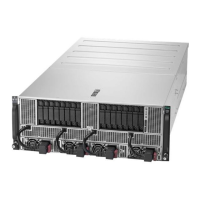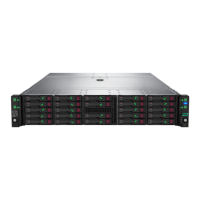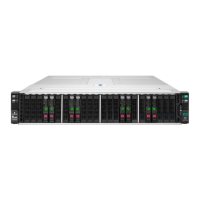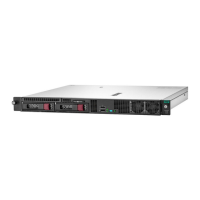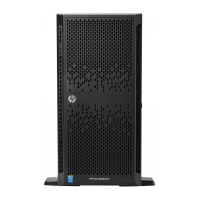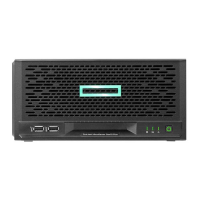You will need to specify the username and password of the client account, the IP address of the
external key manager, the type of external key manager (ESKM or SafeNet KeySecure) and the CA
name (from step 8).
Example:
keymanager mode external test_account password123 address 192.168.0.1 type
hp_eskm ESKM_CA
The CA name is only required when enrolling with an ESKM key manager. It is not required when
enrolling with the SafeNet KeySecure key manager.
22. To verify that the enrollment is successful, send this command:
keymanager mode show
You will see Mode:EKM when enrolled with an external key manager.
If the enrollment fails, an error message is displayed. Rectify the issue before proceeding.
23. Run the following command:
keymanager mode local remove
24. When step 23 is complete, go back and repeat steps 20 and 21.
If an incorrect client account was used, run the command in step 23 and then repeat the whole
procedure from step 1.
To revert to the local key manager mode at any time, run the following CLI command:
keymanager mode local remove
IMPORTANT: Before you change the key manager mode back to local, first copy all required
data to a new location and then delete all the encrypted stores.
Expanding a cluster
If you are expanding a 6600 cluster to add a new couplet, then you will need to run the following
command after the cluster expansion process has completed:
keymanager expand cluster
Until this command has been run, the state of the cluster will be reported as Recovery Required when
you run the keymanager mode show command.
Expanding a cluster 203
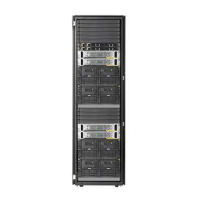
